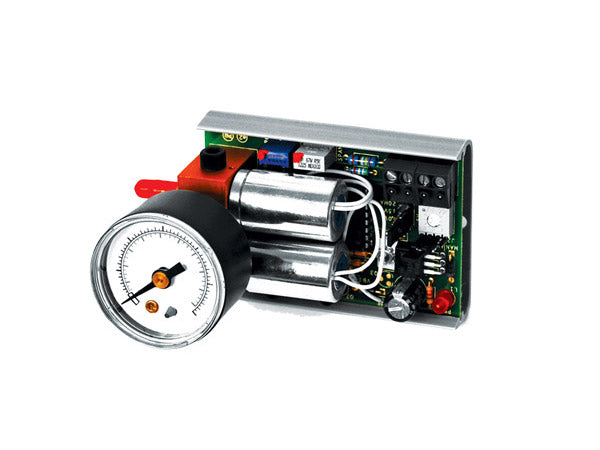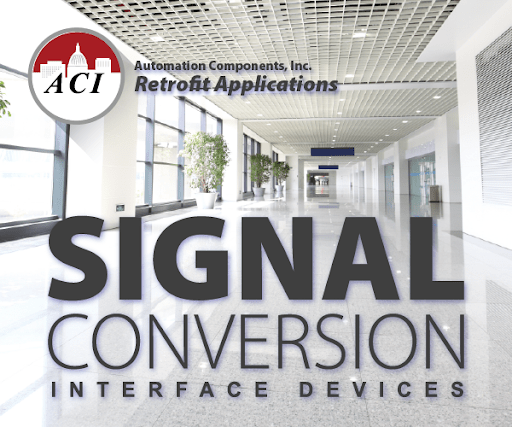The AFP is the interface designed to convert an analog signal to a floating point signal, however use of the AAR has some advantages also.
A common use for the AAR interface is to convert an analog signal (voltage or current) into a tri-State or floating point control signal.
The following example illustrates a 0-10 VDC signal from a Building Automation System to the AAR interface, which would in turn modulate a floating Point actuator in a Unit Ventilator.
Use of the AAR provides an adjustable dead band between the two output signals and a choice of normally open or normally closed contacts.

How it works...
0-4 VDC signal range:
When the analog input signal falls below 4 volts, relay 1 (wired NC) is made. This relay is the “decrease" signal output. As the condition is satisfied and the signal increases beyond 4 volts, the relay energizes, and the output is open.
4-6 VDC signal range:
Between these voltage ranges a “null or floating point” control can be obtained and no relay action takes place. Relay 1 & 2 output are open.
6-10 VDC signal range:
As the analog input signal increases above 6 volts, relay 2 (wired NO) energizes. This relay is the “increase” signal output. As the condition is satisfied and the signal falls below 6 volts, the relay de-energizes and contacts open


